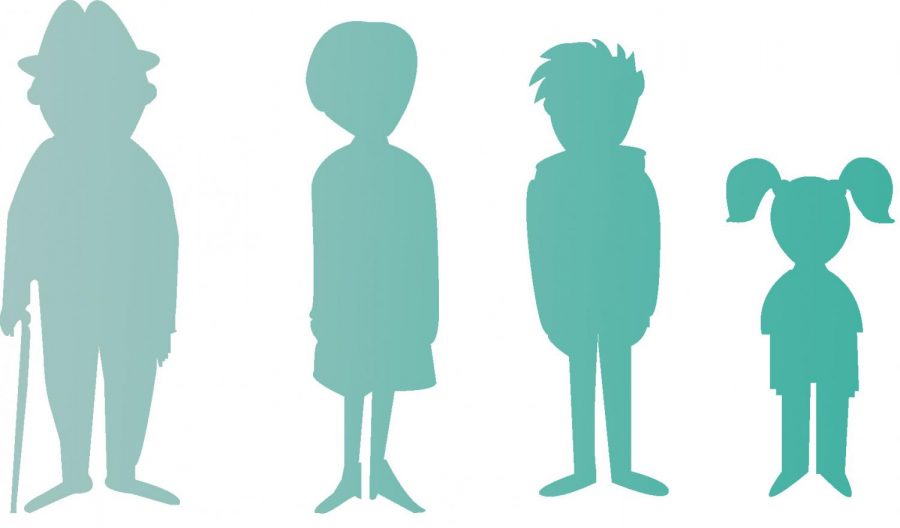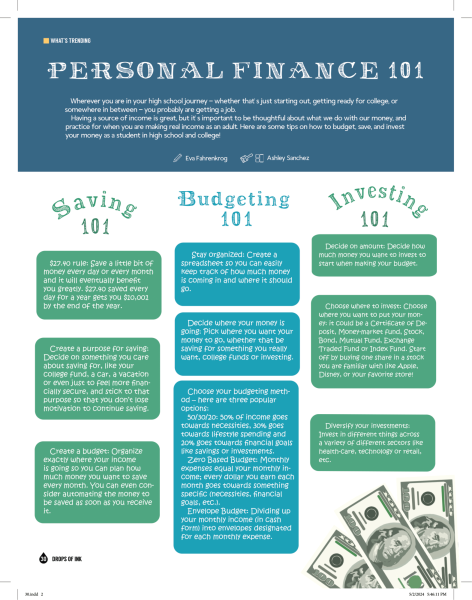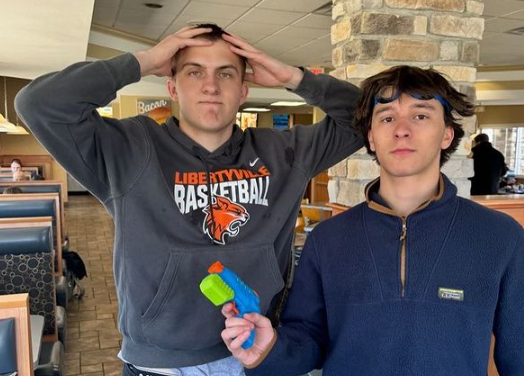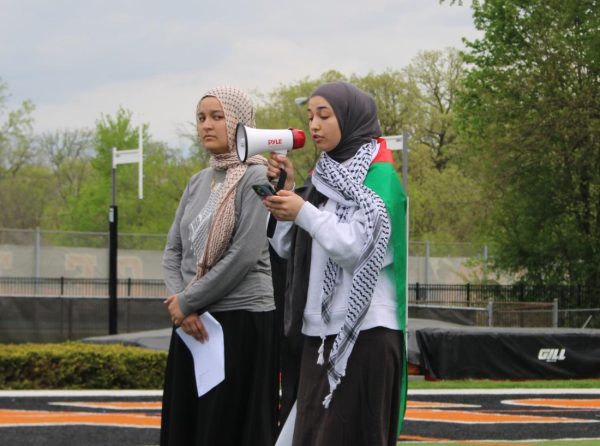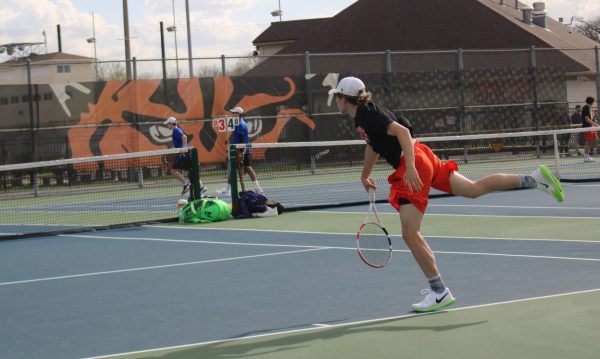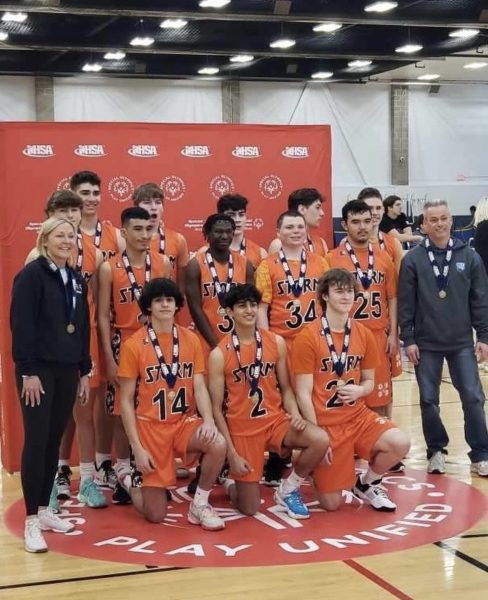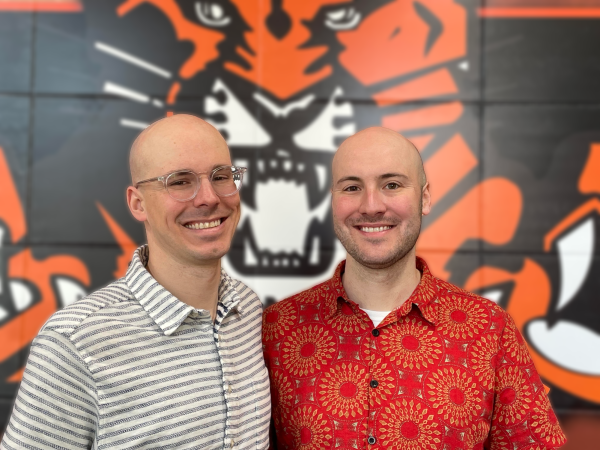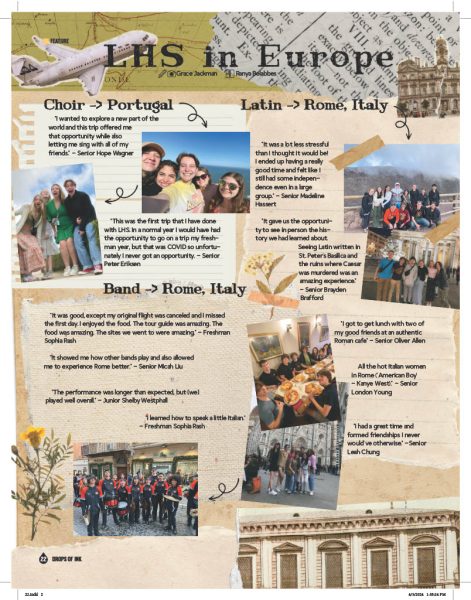It’s Easy as XYZ: a walkthrough of the four generational archetypes
According to Generations, a book written by two of the world’s leading generational theorists, Neil Howe and William Strauss, there are four generational archetypes that repeat cyclically throughout history: Prophets, Nomads, Heroes and Artists. Howe and Strauss’s research and findings are the basis for this article and will be referenced frequently throughout. And though each generation is unique and each one was subject to different societal conditions, public figures, cultural shifts and world events during their formative years, the patterns seem to repeat. Prophets. Nomads. Heroes. Artists. We see these traits in today’s generations: the Baby Boomers, Generation Xers, Millennials and the Homelanders. Let’s dive in, become generational experts ourselves, and learn more about how these archetypes fit into our everyday life.
Prophets
and the Baby Boomers (1943-1960)
Born after a great war or crisis, generations who fit the Prophet archetype are theorized to be raised during a time of revitalized community life and a transition to new foundational values in their society. The period of affluence and cultural success they are raised in leads to their midlife development as moralistic, value-obsessed leaders. Over time, they tend to steer future generations into the next crisis or war, often unintentionally, but many times due to their strict adherence to values. Prophets tend to be very idealistic, having grown up in a so-called societal high, with low crime, high optimism and lots of focus on the indulgence of children and families.
Some of the best examples of Prophets — according to LifeCourse associates, a publishing and speaking company founded by Howe and Strauss — are John Winthrop, Samuel Adams, Benjamin Franklin, Abraham Lincoln, Herbert Hoover, Franklin Roosevelt, Donald Trump and Hillary Clinton. These leaders were dedicated to their principles and waged wars when they felt it was necessary to protect certain values; LifeCourse found that they grew to be “revered more for their inspiring words than for their grand deeds.”v .
The most recent example of a Prophet generation is the Baby Boomers. Estimated to be born between 1943 to 1960, these individuals were raised in the post-World War II era. Growing up in a society focused on perfection, suburban conformity and the family ideals of Dr. Benjamin Spock (an influential American pediatrician), they grew quickly to break out of these lines and rebel against their parents as “flower power” authorities. According to the West Midland Family center, a family conflict-resolving organization, they are often negatively depicted as being “greedy, materialistic and ambitious” in the media, but in the workplace they are “driven, loyal, and unafraid to challenge authority.”
Nomads
and Generation X (1961-1981)
The Nomad generation grows and matures during a time of spiritual revolution, where changing ideals and spiritual agendas result in youth pushback against the established institutional order. These groups tends to begin as underprotected, exposed children during this awakening, grow as rebellious teenagers, and come of age as isolated, security-focused young adults. Eventually, they calm into some of the most pragmatic, realistic leaders in the post-awakening world.
There are many examples of strong, pragmatic Nomad leaders, such as Nathaniel Bacon, George Washington, John Adams, Ulysses Grant, Dwight Eisenhower, and Barack Obama. Leading as focused, dedicated realists, this generation’s leaders tend to be cunning, direct and dedicated to fixing any problem they encounter.
As Howe and Strauss continued to explain, Generation X, born between 1961 and 1981, is the most recent example of a Nomad generation. This group grew independently, many of them developing as latchkey kids in divorced or working households, returning from school to an empty house. Due to the frightening AIDS epidemic and the sexual turmoil of the late 20th century, Generations noted that members of Generation X tended to date and marry cautiously.
As both parents and political participants, they tend to be pragmatic and rely on their personal opinions over the directions of others. Entering the workforce and leadership positions, this group appears less like victorious winners and more like survivors with an edge, seeking the corporate and familial safety they lacked as children. However, due to their position between two media-focused demographics (Baby Boomers and Millennials), Forbes noted that this generation is often hailed as “forgotten,” but they are also well-positioned to become the wealthiest generation within the next few years.
Heroes
and the Millenials (1982-2004)
Following Howe and Strauss’s research, next comes the Hero generation. This group is often born to overprotective parents after a spiritual awakening and “during a time of individual pragmatism, self-reliance, laissez-faire, and national chauvinism.” Chauvinism is aggressive or exaggerated patriotism, and laissez-faire is a governmental “hands-off” attitude of letting things take their own course without interfering. According to the LifeCourse website, this position in history means such generations tend to be remembered for their collective coming-of-age triumphs and their prideful elder conflict against the next spiritual awakening. Advancements made by this demographic generally are in the fields of technologsy, community and economic reform. Heroes come of age during a time of great crisis. Howe calls them heroes because they resolve that crisis, an accomplishment that then defines the rest of their lives.
Well-known leaders of these generations include Thomas Jefferson, John Kennedy, Malala Yousafzai, Prince William, Priyanka Chopra and Mark Zuckerberg. According to Forbes, Hero-characterized leaders become institutionally powerful in midlife and remain focused on meeting and overcoming great challenges, partially due to their generation’s success with a great crisis when they were younger. Many have been passionate advocates of economic prosperity and public optimism, and accomplish their jobs competently.
Millennials (also occasionally referred to as Gen Y), the current Hero generation, are thought to be born between 1982 and 2004, though many generational theorists agree that exact years dividing generations can’t be accurately estimated until decades later. As delineated by Generations, Millennials entered a world where babies were beginning to be seen as “special” again, as child safety and child abuse became hot topics of debate among “obsessive” parents.
According to an article by The Mission, an accelerated learning magazine, Millennials have close relationships with their parents, and roughly half say that it is important to them to live close to family, compared with 29 percent of Baby Boomers and 40 percent of Generation Xers. As the Millennial generation reached adolescence teens in the late 1990s, youth volunteering and community service skyrocketed (according to the Millennial Impact Report, 46 percent of millennials volunteered for a cause affiliated with a social issue they care about in the past month) while teen rates of drinking, smoking and violent crime had a heavy decline.
According to data compiled by Philadelphia-based writer and Pacific Standard contributor Malcolm Harris, “Millennials carry most of the burden of the nation’s $1.4 trillion student-loan debt crisis, their unemployment rate is more than double the national average, they earn 20 percent less than Generation X, and Millennial employees face a higher level of depression than any other generation.” Today, even as they live with or near their parents, Millennials are an overall optimistic generation, despite looming record levels of youth unemployment and the crisis of their generation, global climate change.
Artists
and the Homeland Generation (2005-?)
Artist generations are born during a great crisis, usually a war or some other historical crisis. Artists grow up with overprotected, crisis-concerned parents, become sensitive, socially-focused adults, develop as indecisive leaders during another generation’s spiritual awakening, and grow old as the empathetic, wise elders during a spiritual awakening.
Colloquially, many call the most recent Artist generation Generation Z. However, according to Howe, after they ran a poll among their readers and fellow generational experts asking what to call the generation that follows the Millennials, “Homeland Generation became the ultimate winner, apparently because the decade of the 2000s was marked by 9/11, the War on Terror, the creation of the Department of Homeland Security, and a sense that the ‘homeland’ was no longer safe.”
He also explained that the word also more accurately fits, since this generation of children is literally kept more at “home” (with multiple digital platforms) than any earlier generation of kids, thanks to the protective, hands-on parenting style of Gen Xers. 2005 was chosen as the tentative dividing line because kids born after won’t remember a time before Barack Obama’s presidency, the financial crisis of 2008, and the Great Recession that followed. So far, though little data is available on this new group, many expect that this new group will be sensitive, compassionate, community-focused and change-oriented. According to Forbes, Homelanders will be the “most ethnically and racially diverse generation in history,” largely consisting of children of Gen Xers, the largest immigrant generation per capita born in the 20th century.



